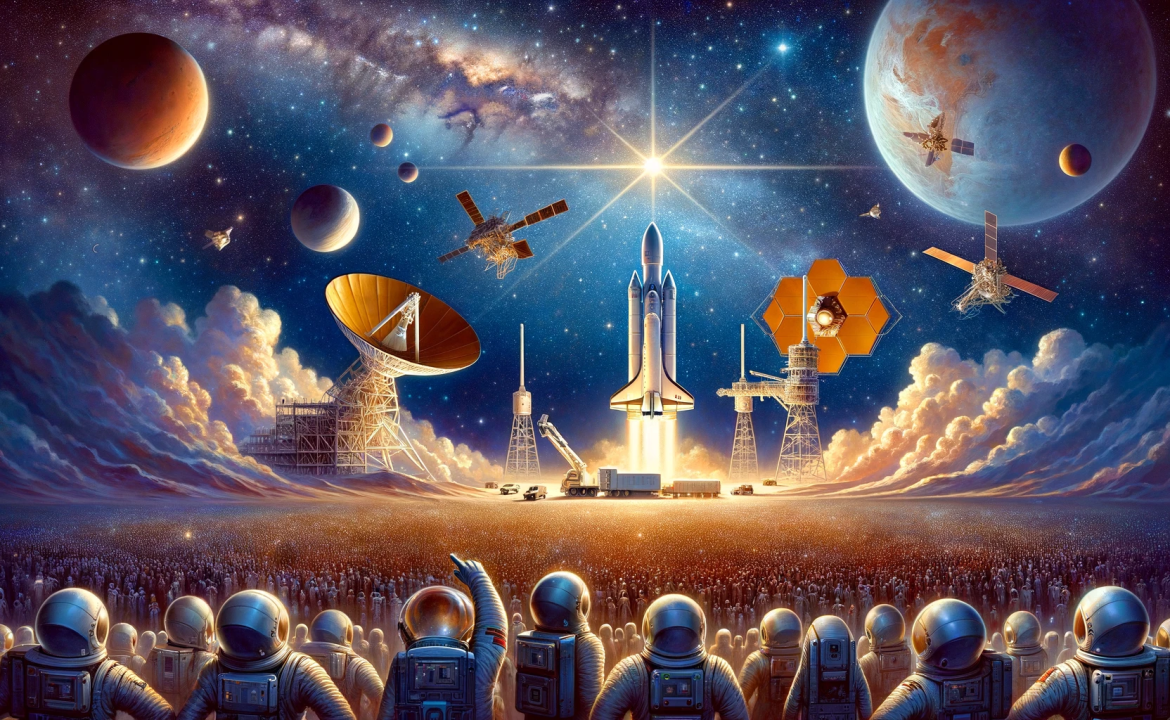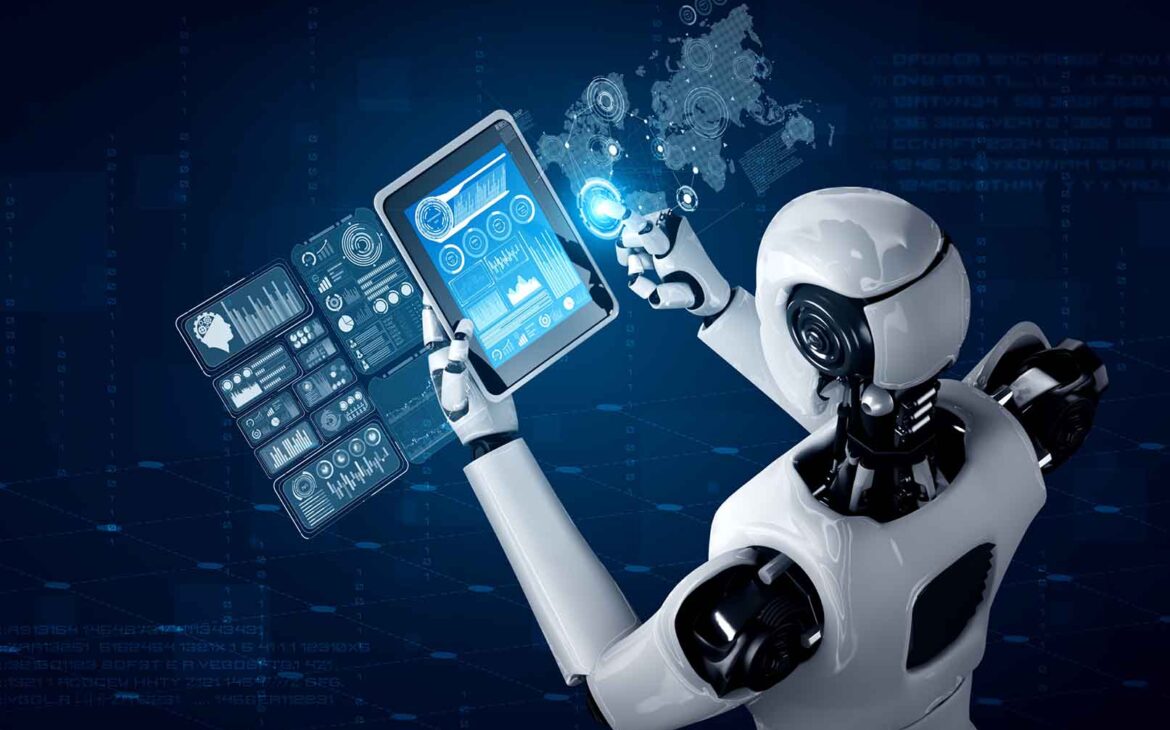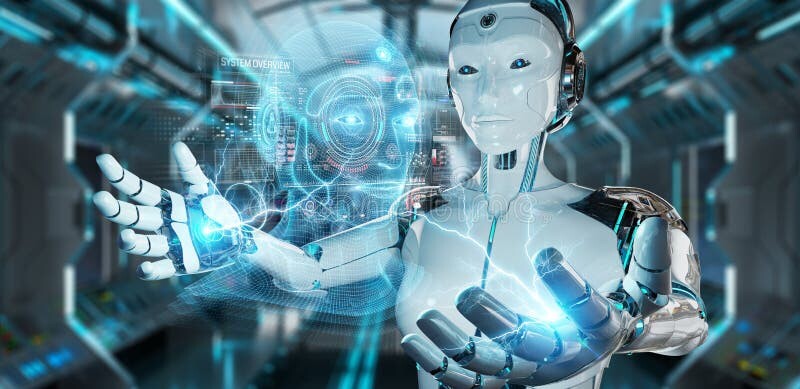Artificial Intelligence (AI) is becoming an essential part of modern space exploration and satellite technology. Learning how AI functions in the space industry helps organizations and researchers improve missions, optimize operations, and solve complex challenges beyond Earth.
What is AI in Space?
AI in space refers to the use of intelligent algorithms, including machine learning, deep learning, and autonomous decision-making systems, to assist in space missions, satellite management, planetary exploration, and data analysis.
How AI Works in Space
AI systems process large volumes of data from spacecraft, satellites, and telescopes. By analyzing this information in real time, AI can support navigation, automate system adjustments, and help identify objects or patterns in space that would be difficult for humans to detect quickly.
Key AI Techniques Used
Machine Learning: Enables spacecraft and satellites to learn from mission data and improve system efficiency over time.
Autonomous Navigation: Allows spacecraft to make real-time decisions without waiting for instructions from Earth.
Computer Vision: Helps spacecraft and rovers analyze visual data, such as surface images of planets and asteroids.
Predictive Maintenance: Uses AI to forecast system failures and optimize equipment performance during long missions.
Benefits of Using AI
AI reduces human intervention in space operations, improves data processing speed, and enhances the accuracy of navigation and mapping. It also supports deep space missions by enabling autonomous decision-making when communication delays make real-time control from Earth impossible.
Limitations to Keep in Mind
AI systems in space must be highly reliable and capable of operating in harsh environments with limited resources. They also require thorough testing to ensure they perform correctly in unpredictable space conditions.
Conclusion
Understanding the role of AI in space exploration opens new possibilities for safer, faster, and more efficient missions. By combining AI technology with human innovation, scientists and engineers can push the boundaries of what is possible beyond our planet.







Leave feedback about this